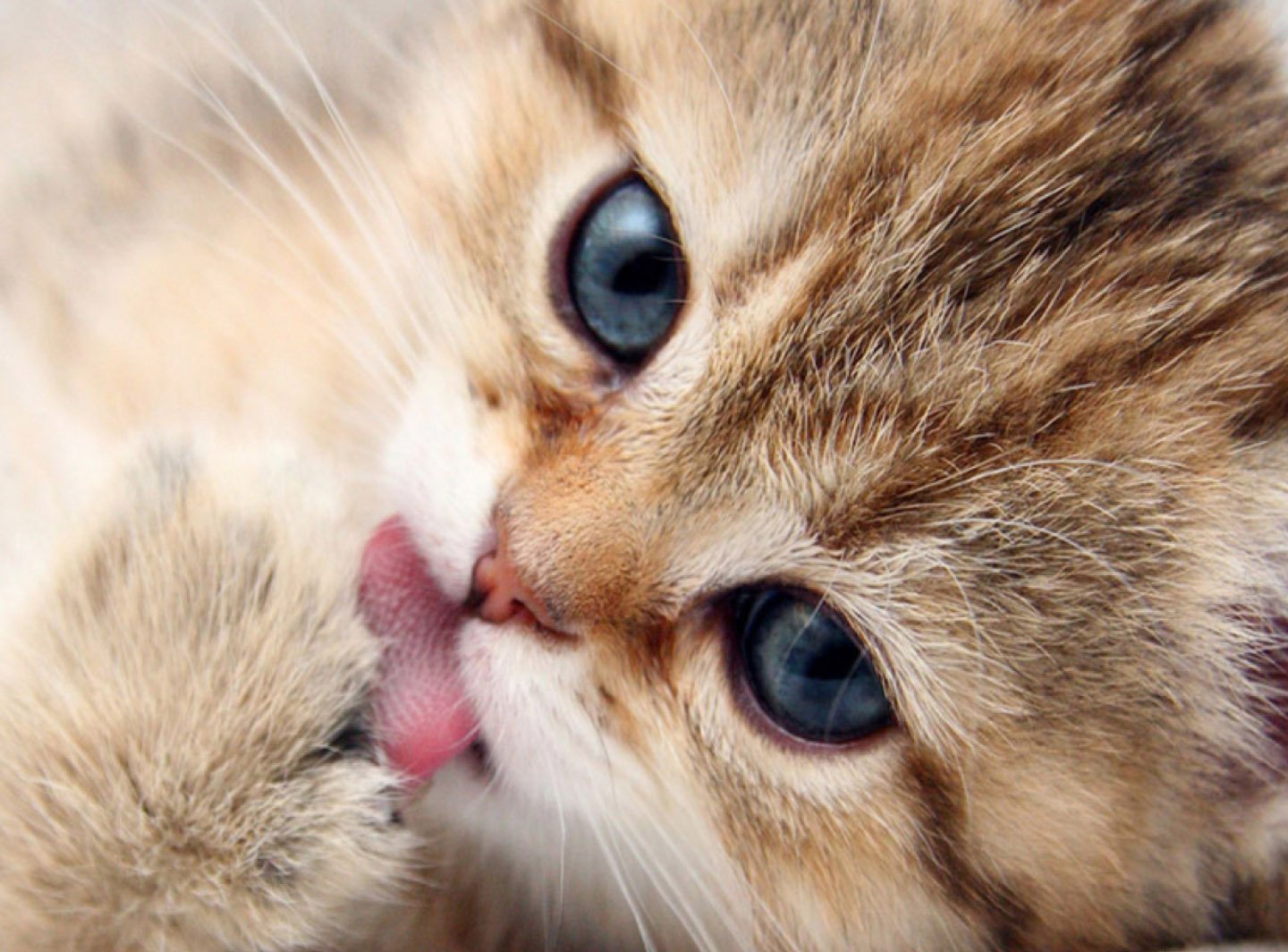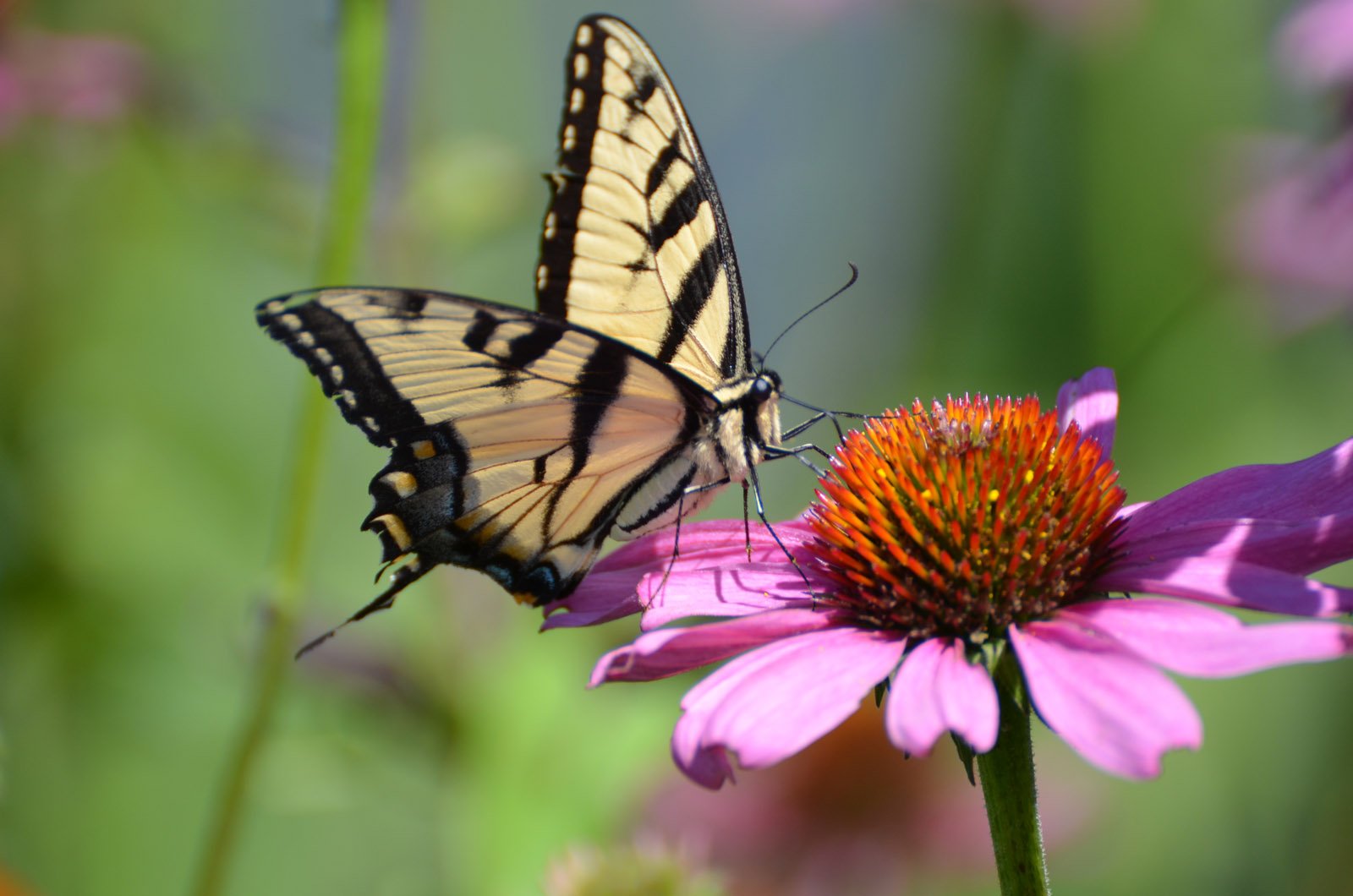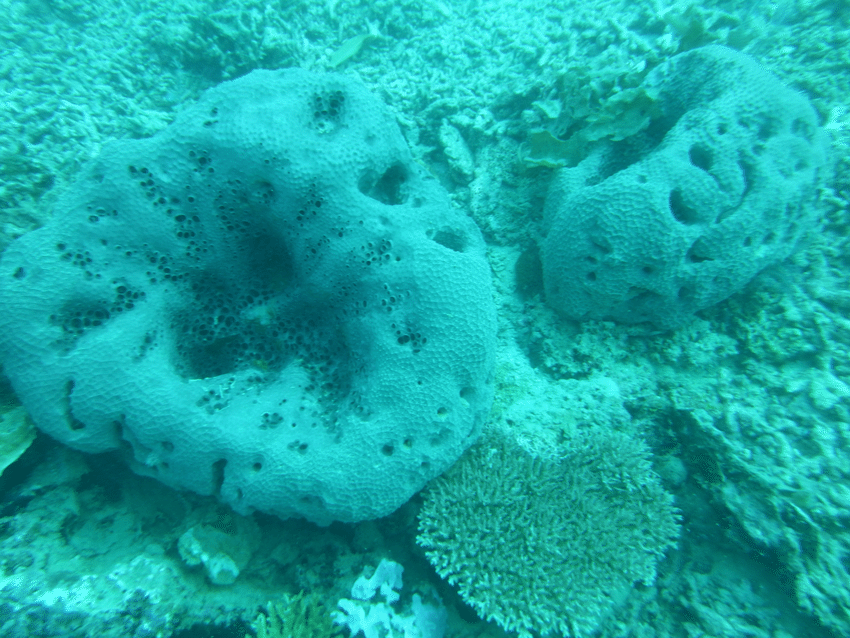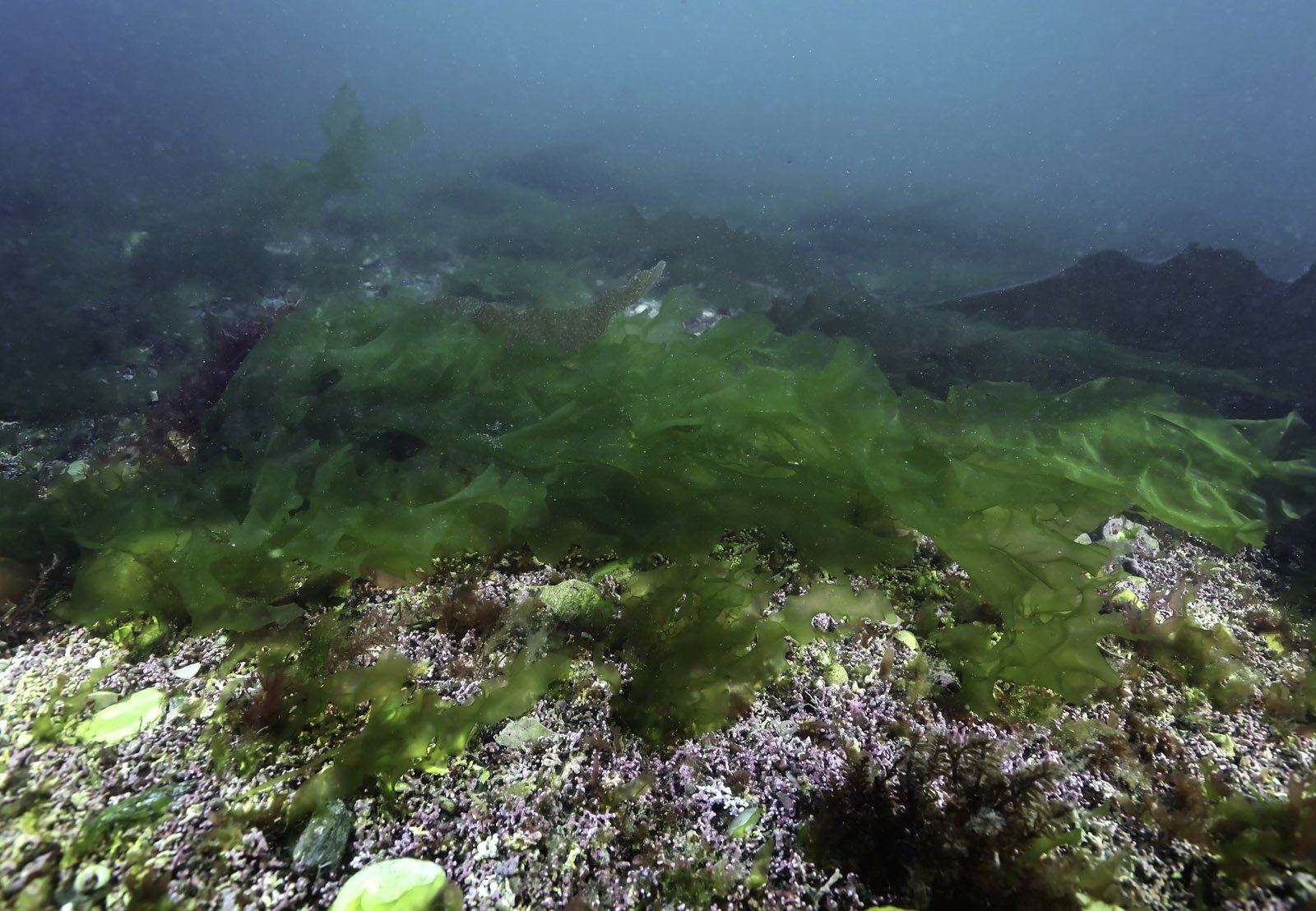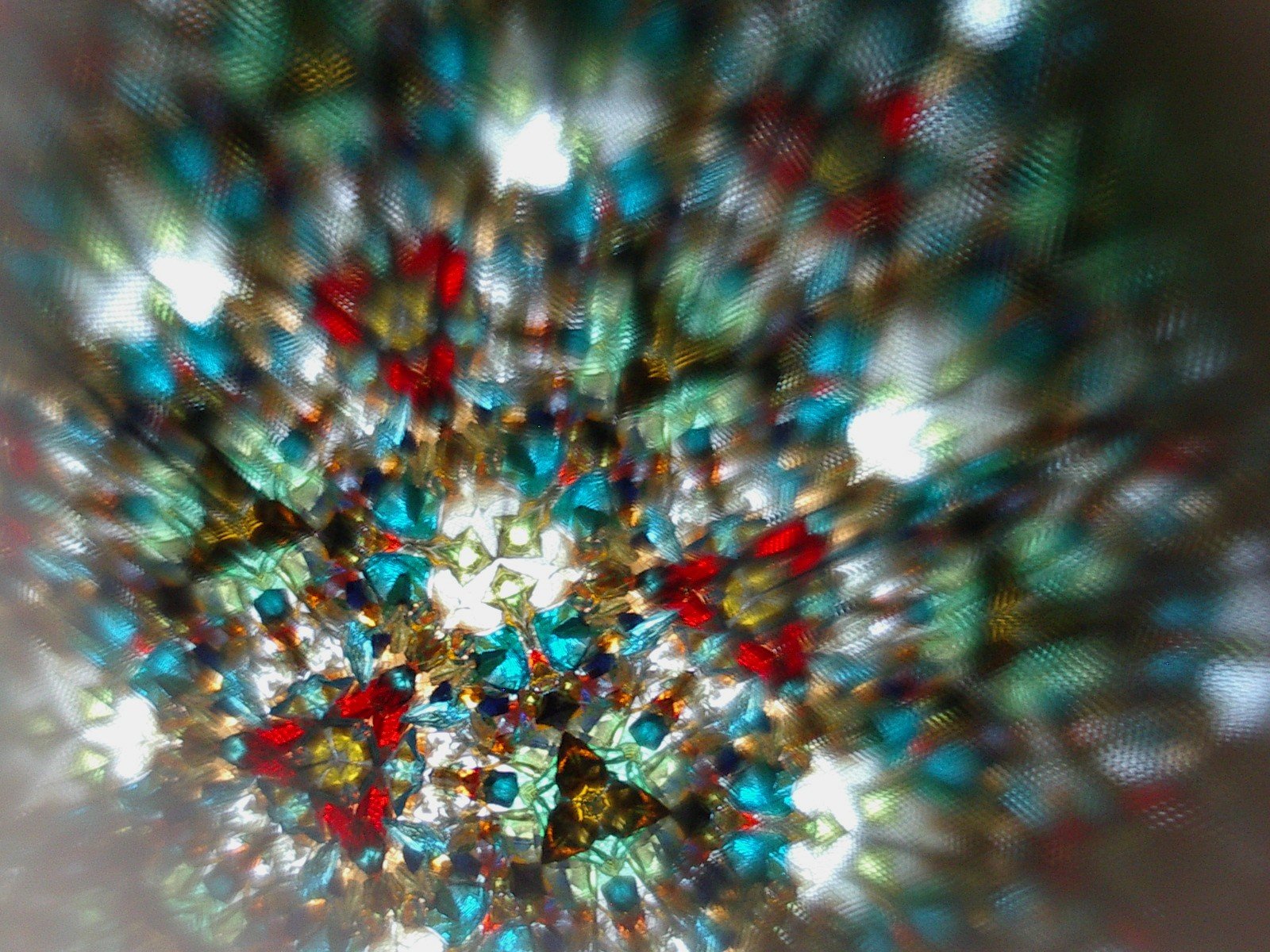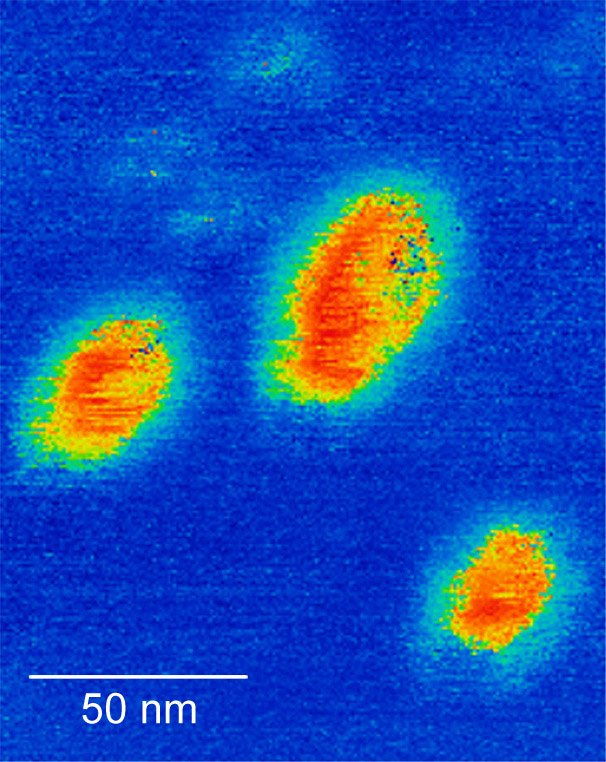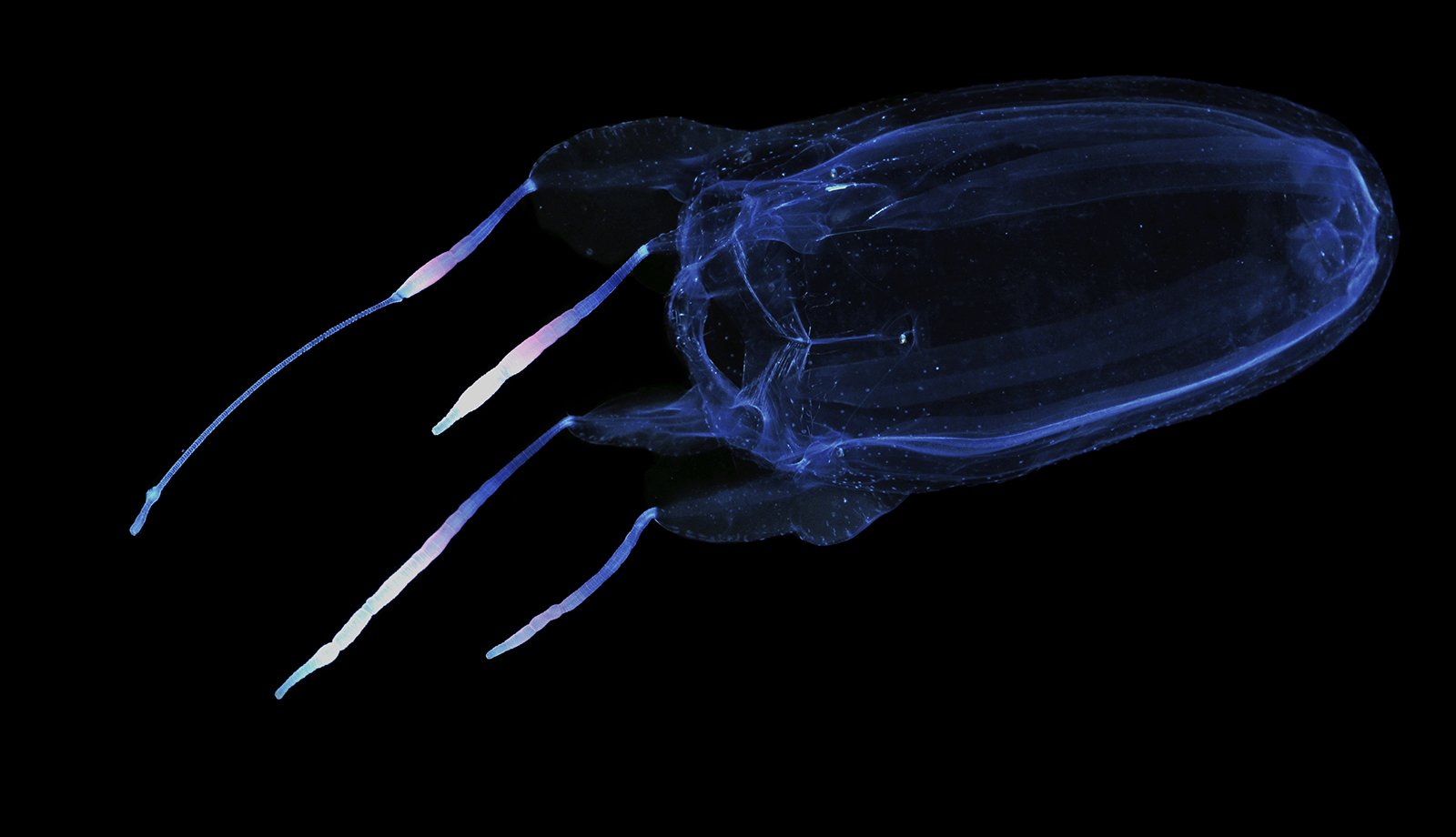Most dog and cat owners not aware of pet blood donation schemes
Most dog and cat owners are not aware of pet blood donation schemes and animal blood banks, finds a survey of pet owners published in Vet Record. However, the majority of owners in this study said they would be willing to allow their pets to donate blood, suggesting that just like human blood donation, raising awareness … Read more
